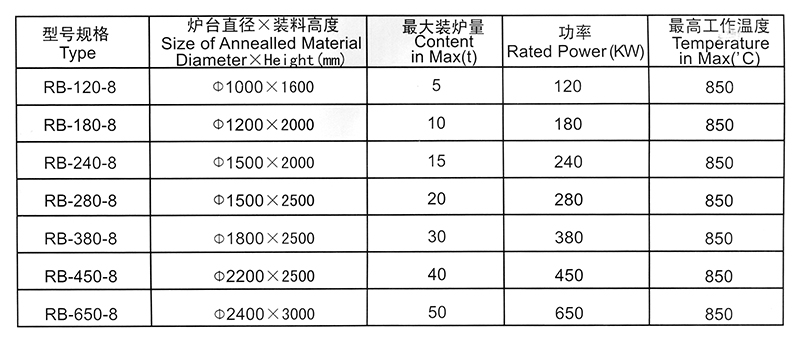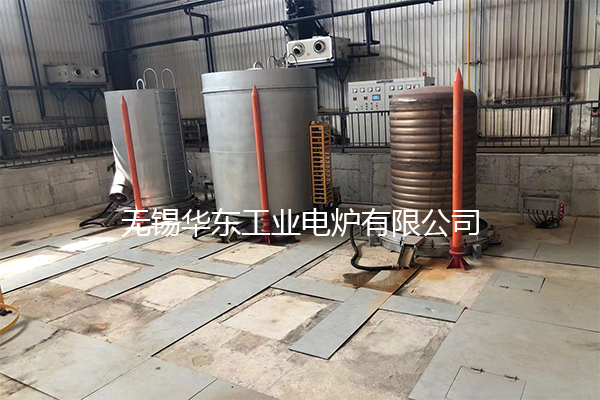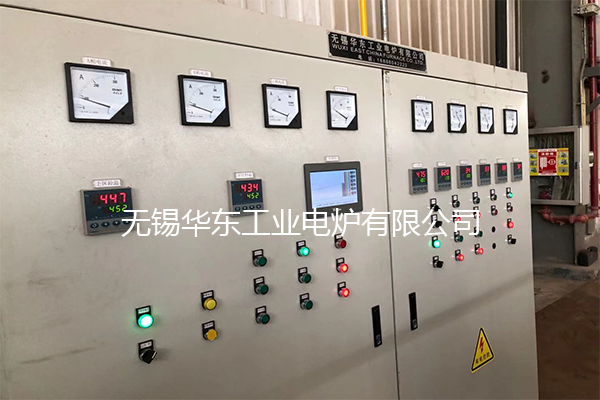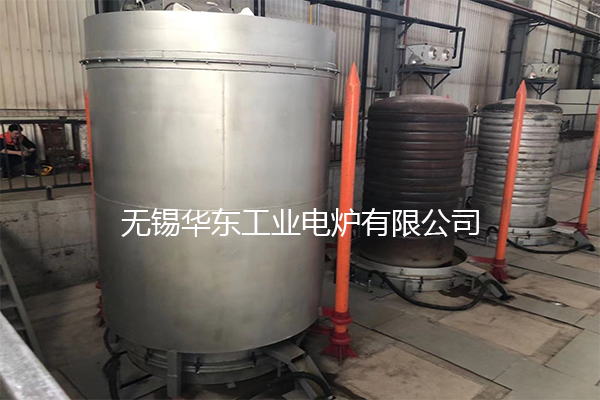A bell type annealing furnace is a heat treatment furnace in which the furnace body is a bell, or the furnace bottom is stationary and the furnace cover moves, or the furnace cover is stationary and the furnace bottom moves. Used for batch heat treatment and heating of workpieces.
The bell type annealing furnace has a circular and rectangular structure, consisting of an outer cover and a base. The cover is welded from steel plates and section steels, with a furnace lining inside. Heating devices (electric heating elements or gas burners) are arranged on the walls around the furnace. There are two guide columns on the furnace platform to facilitate the installation of the cover. Depending on the requirements of the heat treatment process, different atmospheres can be used for protection. Generally, the bell type furnace consists of a heating hood, a cooling hood, a furnace platform, an inner hood, and corresponding cooling and evacuation systems. In order to improve product quality and shorten the annealing cycle, the number of inner covers and furnace benches is the same. Generally, the number of heating covers is more than half of the number of furnace benches, and the number of cooling covers is about half of the number of furnace benches. The bell type furnace has a large charging capacity and high requirements for furnace temperature uniformity. Forced convection fans are installed for furnace gas circulation.
Determination of heating speed in a bell type annealing furnace The heating speed of steel mainly depends on the magnitude of its thermal conductivity. The carbon content and alloy content in steel have a significant impact on heat conduction. "If their content is high, their thermal conductivity is low, and the heating speed should be appropriately slow to avoid excessive temperature differences between the inside and outside, resulting in uneven structure and performance.". From room temperature to 400 ℃, the heating speed is generally unlimited. According to the principle of crystallization process, there is no significant change in the internal structure of the strip steel from room temperature to 400 ℃. During the rolling process, the elongated grains have just recovered and have not yet formed recrystallization. Therefore, the faster the heating speed of the steel in this interval, the better. The strip steel is heated from 400 ℃ to the holding temperature, and the heating speed has a considerable impact on the performance and surface quality of the strip steel. Generally, the appropriate heating rate is 30 to 50 ℃/h. During the period when the strip steel is heated from 400 ℃ to the holding temperature below 723 ℃, it is the stage of recrystallization formation, so the heating rate must be controlled within this temperature range.




